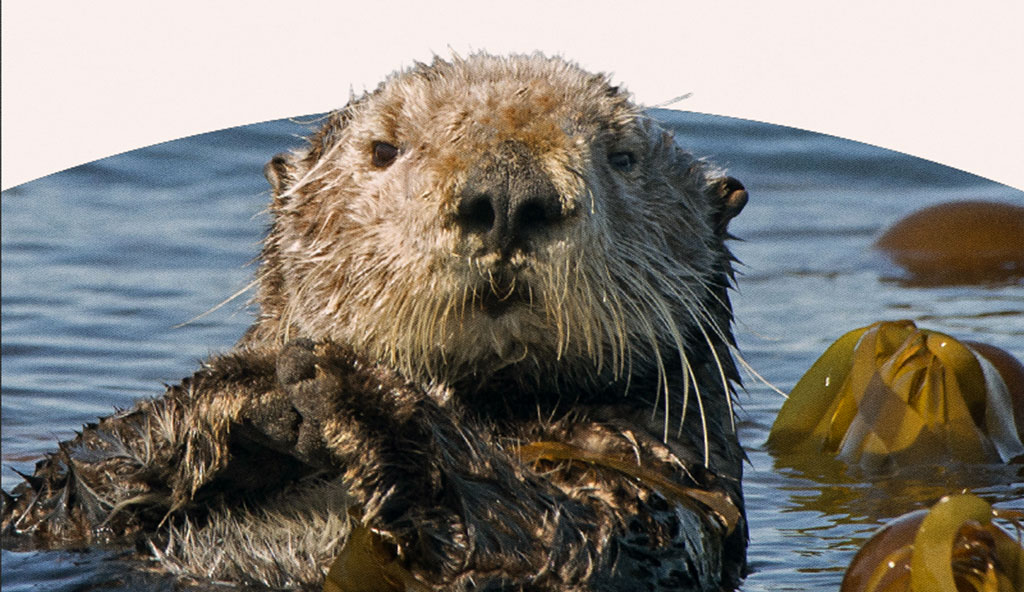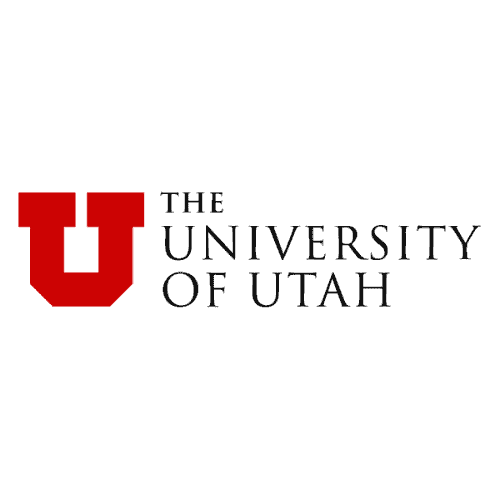
All the wildlife in Kenya is owned or controlled by the government. Due to financial constraints and the conservation laws inherited at independence, the international conservation community has indirectly taken over this resource. The Kenya government’s over-reliance on aid (an estimated $150 million from the international conservation community goes to Kenya Wildlife Service) has made it insensitive to the people’s plight. In addition, whites and Asians hold senior positions in the conservation organizations. Most of the expert conservationists are whites from the West (Bonner 1993). Most of the safari companies and camps are owned by multinationals-Africans are secretaries, cooks, and drivers.
Popular notions suggest that Kenyan natives are keen on exterminating wildlife. Yet conservation and consumptive utilization were part of the African culture prior to colonialism. Africans co-existed with wildlife and would only kill them for defense and when they wanted to use their skins and meat. The Kiswahili word for wild animals is “Wanyama,” from “Nyama,” the Kiswahili word for meat. The Africans did not put animals into parks for protection; they protected themselves from the animals by putting up thorn fences or digging trenches around their homesteads.
After the scramble for Africa that saw imperialists control the continent, it became apparent to the foreign occupying forces that the pristine environment in Africa was being destroyed. The destruction was largely due to the white hunters and white occupation of the fertile African lands. The remaining land, either poor in fertility or prone to infestation by the tsetse fly and malaria-bearing mosquitoes, experienced conflict between humans and wildlife. That conflict continues.
Wildlife has invaded farmlands, destroyed crops, and killed people. In June 2002, in the Voi region, hungry lions killed fifty-four sheep. This led an angry Voi member of parliament to threaten to mobilize the community to kill one elephant for every shamba (farm) destroyed by animals. He cited the ineffectiveness of the Kenya Wildlife Service and called for its disbanding.
The livestock and crop losses caused by wildlife impact heavily on individual ranchers, pastoralists, and arable agriculturalists. The conflict between humans and animals is intense where forested parks border farmlands; this includes the Imenti, Nyeri, Trans Mara and Kwale districts. Other incidents occur where rangeland has pockets of agriculture such as Kimana, Leroghi and Taita districts.
On average, more than 15 people are killed by wild animals each year, with the highest number recorded at 55 people in 1992. According to the Kenya Wildlife Service, elephants cause 75 percent of human deaths from wildlife. The government offers 30,000 Kenya shillings ($389) as compensation for each person killed. The bureaucracy involved to get the compensation may take more than 10 years. This has made the locals rightly conclude that the government values wildlife more than people.
One study estimates that the net cost to the Kenyan economy from maintaining nearly 61,000 square kilometers (23,552 square miles) of land under protected areas is US $203 million. This is some 2.3 percent of gross domestic product, equivalent to supporting 4.2 million Kenyans (Emerton 1999).
During the antipoaching war between 1988 and 1999, when the government issued “shoot to kill” orders against poachers, many of those shot were poor rural folks. Instead of enlisting them in the fight against poachers, the government resorted to burning villages near the parks, as in Kora. The local communities were caught in the cross-fire between conservationists and wealthy government officials sponsoring poachers to get trophies to sell to their European and Asian accomplices.
The Maasai Mara National Reserve received US $26 million from tourism in 1988. Only 1 percent went to the local Maasai. Tourism firms received 45 percent, hotels 35 percent, shops 5 percent, taxes 5 percent, Narok Council and wages 5 percent respectively, according to the Intermediate Technology Development Group, a nonprofit organization. Only 2 percent of tourism industry profits go to the local people in Kenya, says this group. And the bulk of this tiny percentage goes to local leaders and those with capital and know-how to exploit the tourist market.
As Aldrich-Moodie accurately observes, the poor populations of the world must make a living from their natural surroundings (Aldrich- Moodie and Kwong 1997). Otherwise they will have little incentive to preserve these surroundings, including the wildlife that inhabits them. Only people who do not make a living in the vicinity of the wildlife reserves have the luxury of questioning whether or not human beings have the right to control wild animals.
According to Richard Stroup and John Baden (1998, 39), if property rights to a resource are not fully defined and enforceable, those who put a relatively low value on its use may use the resource without compensating anyone else. This is the case in Kenya. The government and western conservationists have ignored the local communities in their quest to manage the wildlife resource-even though the World Commission on Environment and Development of the United Nations in 1982 called for recognition of local communities’ traditional rights to the land and resources they use to sustain their way of life.
When everyone owns wildlife-that is, when government owns it-no one will take care of it. The public or nonprofit decision maker who cannot personally gain from more efficient utilization of the wildlife resource will not be keen to minimize wastage.
What is urgently needed locally is the strengthening of the institutions of justice to ensure the rule of law and the devolution of property rights to the local communities. At the international level, it is important to have the western world listen to the plight of the people around the wildlife conservation areas. The former director of Kenya Wildlife Service, David Western, observed correctly that if villagers living around a park made money from wildlife, the park would in effect become the villagers’ bank and the wild animals in the park their assets. This would provide a powerful incentive against poaching. People are not likely to rob their own bank.
The farming communities should be exposed to farming methods that increase yield per hectare in order to reduce competition for space with the wildlife. They should also be allowed to co-own wildlife around their farms and/or be entitled to shares in the parks, now owned by the government, around their farms. Landowners whose land the animals occupy outside official protected areas should be included in the Kenya Wildlife Service board of management. This representation will help check disputes between the government agency and the locals.
Another approach would be to decentralize the Kenya Wildlife Service into regional committees that are managed by elected representatives from the ranches, farmers, trust land, and government land representatives. An efficient licensing procedure for supplying locally caught game to restaurants would provide an incentive for local participation in conservation and encourage employment.
Locals should be well informed on wildlife and conservation issues. A network should be put in place to facilitate communication between the African Kenyans, the white Kenyans and external wildlife experts to stop the trend of outsiders dictating issues locally. A study is urgently needed to clarify issues on possible wildlife ownership and local responsibility for wildlife.
There is absolutely nothing immoral in having people own wildlife. It is immoral to have them trampled to death and their crops destroyed with no gain in sight. It is illogical to have people drown in poverty when they can profitably gain from wildlife.
REFERENCES
Aldrich-Moodie, B., and Jo Kwong. 1997. Environmental Education. London: Institute of Economic Affairs. Bonner, Raymond. 1993. At the Hand of Man; Peril and Hope for Africa’s Wildlife. New York: Alfred A. Knopf. Emerton, Lucy. 1999. Community Conservation Research in Africa: Principles and Comparative Practice. Paper No. 9. Manchester, UK: Institute for Development Policy and Management, University of Manchester. Stroup, Richard, and John Baden. 1998. Property Rights and Natural Resource Management. In The Federal Judges’ Desk Reference to Environmental Economics, ed. John A. Baden. San Francisco: Pacific Research Institute, 35–65.
James Shikwati is director of the Inter Region Economic Network (IREN) in Nairobi, Kenya. The nonprofit organization (www.irenkenya.org) encourages free market policies and classical liberal ideas.


